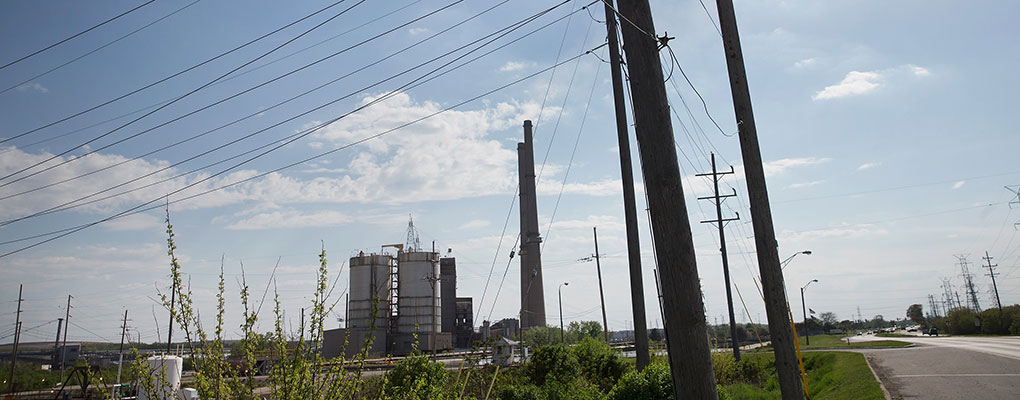
The US Supreme Court has voted against new laws to clamp down on America’s biggest polluters, effectively bringing a halt to the Environmental Protection Agency’s plans to limit the amount of toxic pollutants in the atmosphere and in the country’s water supplies. The 5-4 voting split against the new laws means that the Clean Air Act will stay unchanged, on the basis that the EPA failed to factor in the costs associated with the changes.
The Supreme Court calculated that the clean-up and equipment costs alone would cost the 600 affected plants some $9.6bn a year
“The agency must consider cost – including, most importantly, cost of compliance – before deciding whether regulation is appropriate and necessary,” said Justice Antonin Scalia, writing on behalf of the court. “It is not rational, never mind ‘appropriate,’ to impose billions of dollars in economic costs in return for a few dollars in health or environmental benefits.”
21 Republican-led states and a number of industry bodies appealed against the new laws, which, if passed, would limit coal-fired plants from spilling mercury, arsenic and other hazardous pollutants into the atmosphere. Peabody Energy Corp, the country’s leading coal producer, was the most vocal critic, though many more in the fossil fuels and nuclear industries echoed the company’s concerns.
The Supreme Court calculated that the clean-up and equipment costs alone would cost the 600 affected plants some $9.6bn a year, though the EPA maintains that the benefits, in terms of productivity and health, would amount to somewhere in the region of $37bn and $90n annually. According to the EPA, SNL Energy data also shows that most of the plants in question have already met or have plans to meet the targets in question.


